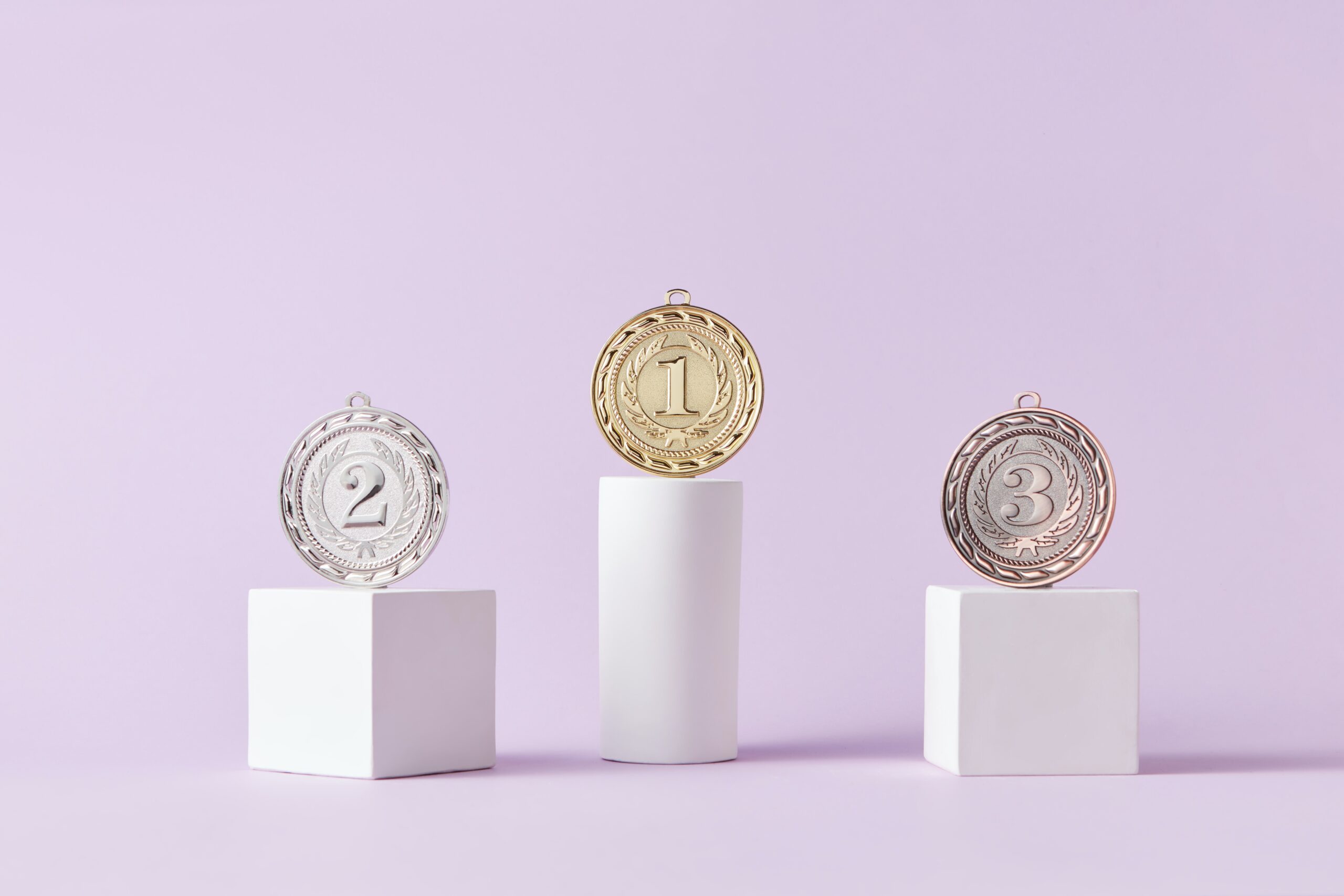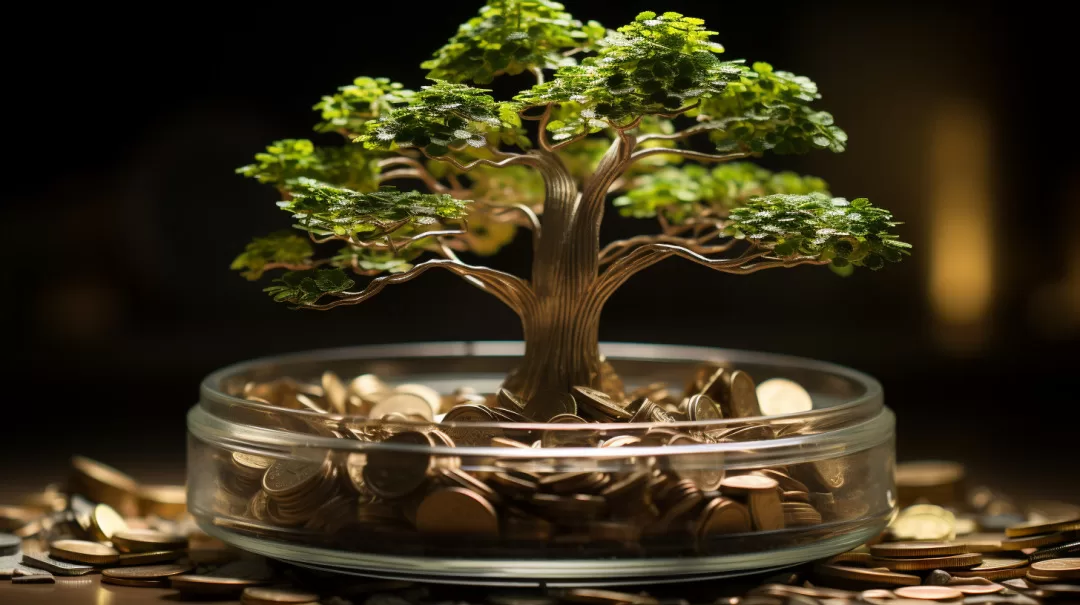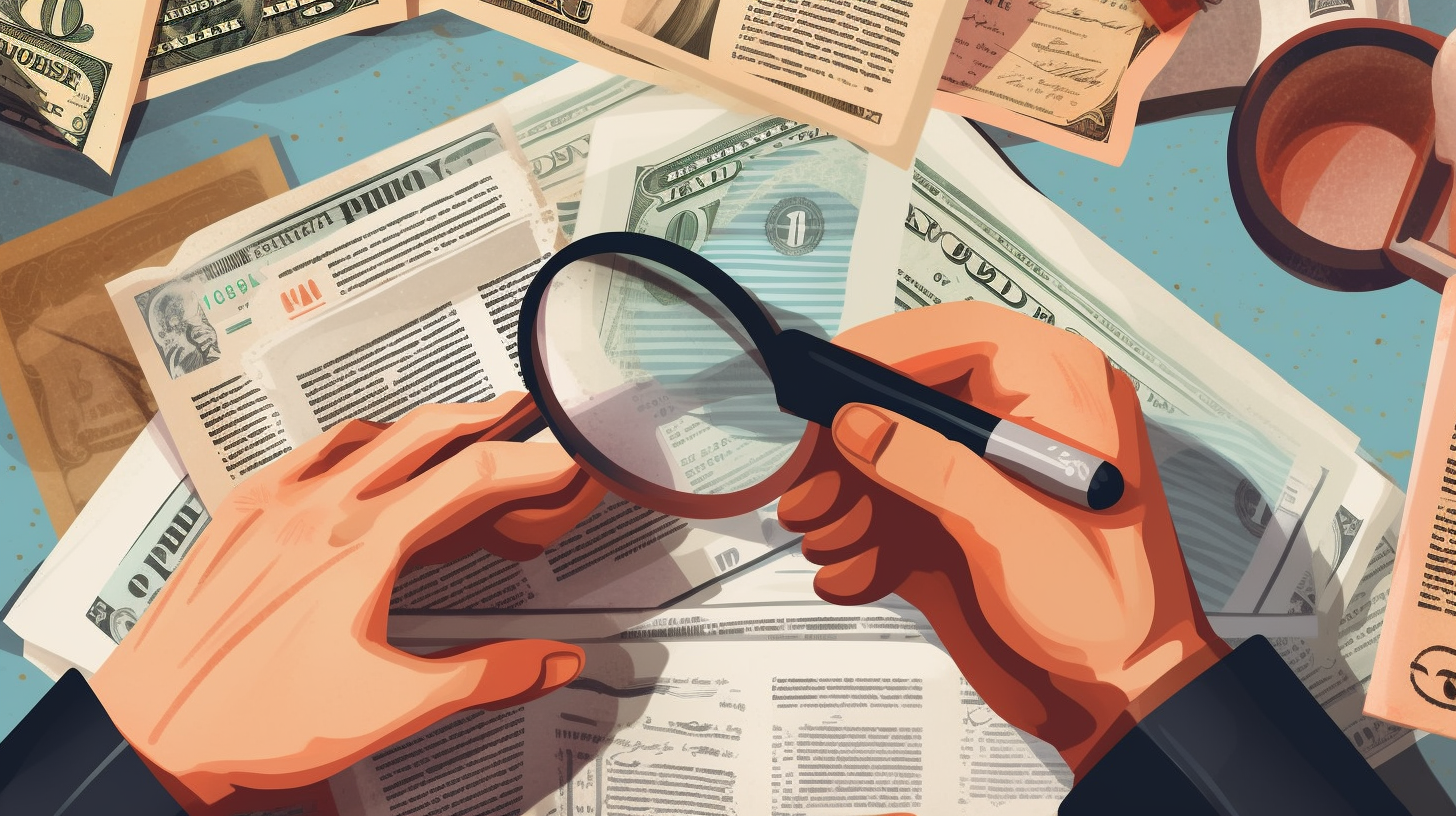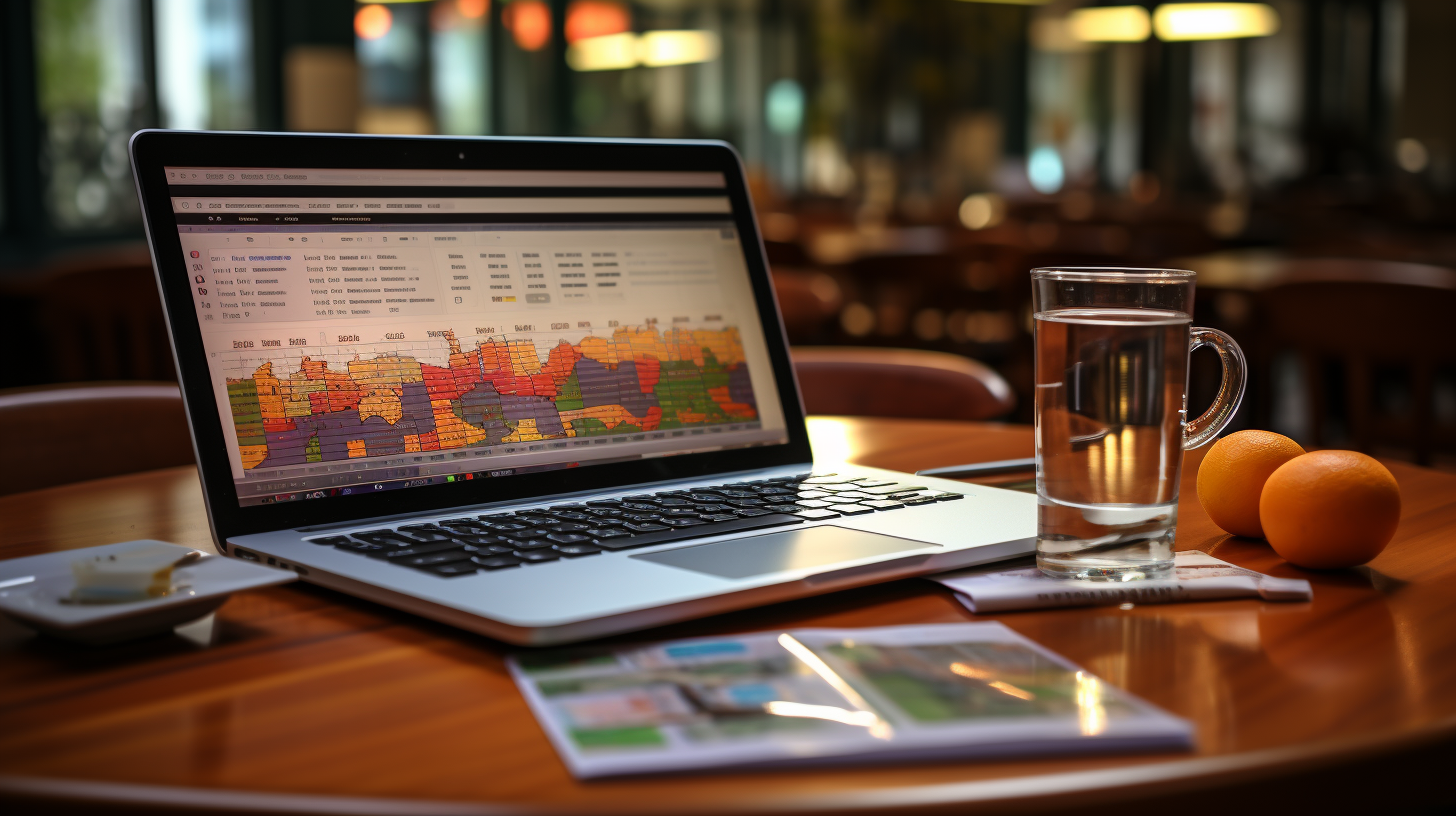Investing in precious metals, such as gold, silver, and platinum, has been a popular investment strategy for centuries. These metals have always held intrinsic value, and they have been used as a store of wealth and a medium of exchange throughout history. In recent years, the popularity of precious metal investments has increased due to global economic uncertainty and market volatility. This guide aims to provide a comprehensive overview of investing in precious metals and help investors make informed decisions when considering these investments.
First, let’s discuss the different types of precious metals available for investment. Gold is the most popular and widely recognized precious metal, with a long history of being used as a safe-haven investment during economic turmoil. Silver is also a popular precious metal investment, with a range of industrial applications in addition to its value as a store of wealth. Platinum is a rarer precious metal and has industrial applications in the automotive and electronics industries, making it a unique investment opportunity.
Investors can choose to invest in precious metals in several ways, including physical bullion, exchange-traded funds (ETFs), mining stocks, and futures contracts. Physical bullion includes coins, bars, and rounds, which can be purchased through a dealer or online retailer. ETFs are a popular option for investors who want to own precious metals without the hassle of storing physical bullion. Mining stocks are another way to invest in precious metals, but they come with higher risks due to the volatility of the mining industry. Finally, futures contracts allow investors to speculate on the future price of precious metals.
When investing in precious metals, it’s essential to understand the factors that can affect their prices. One of the most significant drivers of precious metal prices is the supply and demand dynamics of the market. Economic and geopolitical events can also impact the value of precious metals, as investors often flock to them during times of uncertainty. Other factors to consider when investing in precious metals include inflation, currency fluctuations, and interest rates.
Investors should also consider the potential downsides of investing in precious metals. While they can be a valuable addition to a well-diversified investment portfolio, they do not offer the same potential for growth as other types of investments, such as stocks or real estate. Additionally, the costs associated with purchasing, storing, and insuring physical bullion can be significant, and ETFs and mining stocks come with their own set of risks.
In conclusion, investing in precious metals can be a valuable addition to a well-diversified investment portfolio. However, investors should carefully consider the different types of precious metals and investment options available and understand the factors that can affect their prices. By doing so, investors can make informed decisions when considering these unique investment opportunities.





